Description
Cast and chiseled silver hilt featuring large single side ring of ribbed diamond-section
with central opposing artichoke buds. Protruding from the obverse of the quillon block
are three down-turned diagonal bars ending in artichoke finials; reverse quillon block
decorated with acanthus in relief. Hollow grip of intertwined rope work; pommel of
artichoke form with long button. The delicate parts of the hilt are reinforced with iron
bars, visible behind the slender stems. Slender 32″ double-edged blade of hexagonal
section with 9″ central fuller, pierced with geometric designs and stamped with several
small marks at the ricasso. Blade lightly pitted. Overall length 38 ½”. Likely a one-of-a-
kind piece, which would be proudly displayed in the finest museum collections.
Gottfried Christian Leygebe (1630-1683) of Nuremberg was a highly acclaimed sculptor
and metal worker. In 1645 he travelled to Nuremberg to train as an armourer with
Albrecht Liechtmann. He specialized in engraving in iron, made contact with Georg
Pfründt, an artist experienced in this technique, and developed into one of the best
medalists and die-cutters of his time. Leygebe had his own workshop by 1653. In 1668
he was appointed Medallist, Coiner and Sculptor to Prince Friedrich Wilhelm, the Elector
of Brandenburg. He specialized in custom sword hilts for the aristocracy and wealthy
merchants such as the directors of the VOC (Dutch East India Company). A sword in
Skokloster Castle, Sweden features a very similar skeleton hilt with identical intertwined
knot work. That sword is pictured in the 1945 booklet published by the Tojhusmuseum,
Copenhagen entitled “Der Schwertfeger Gottfried Leygebe”, by Ada Bruhn, Fig. 19.


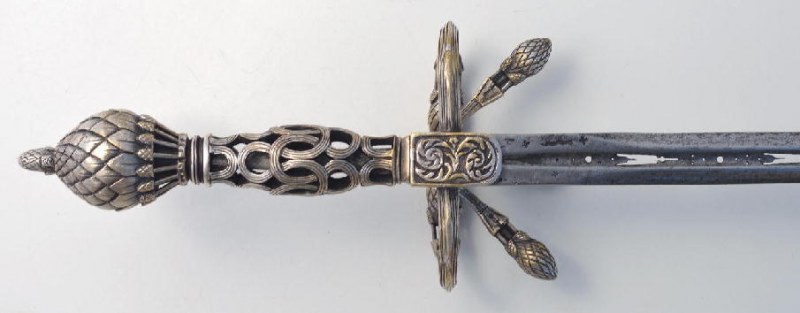
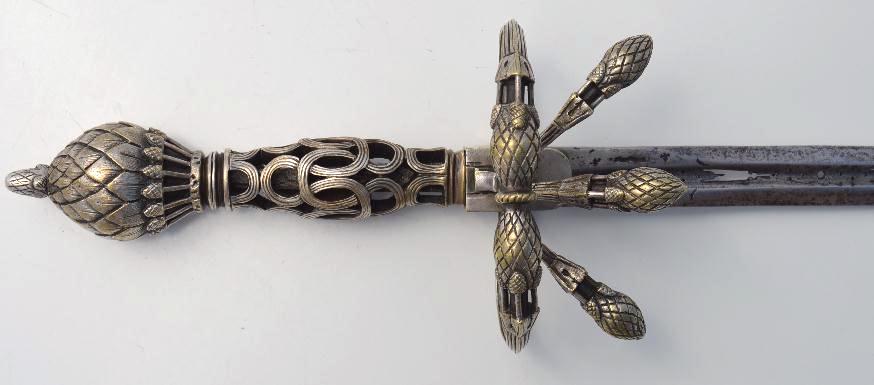
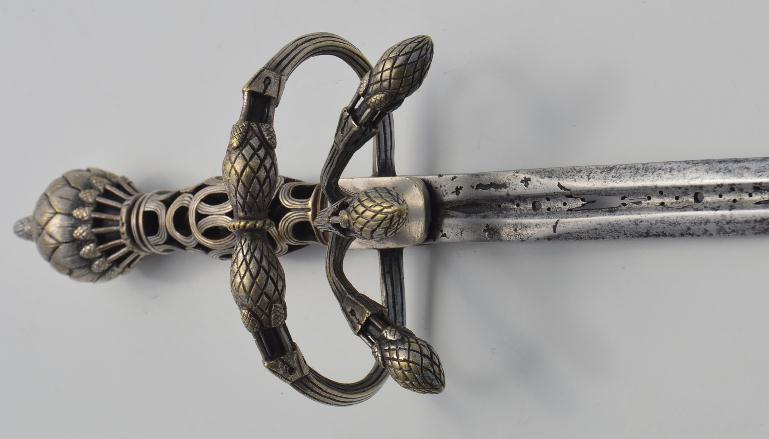
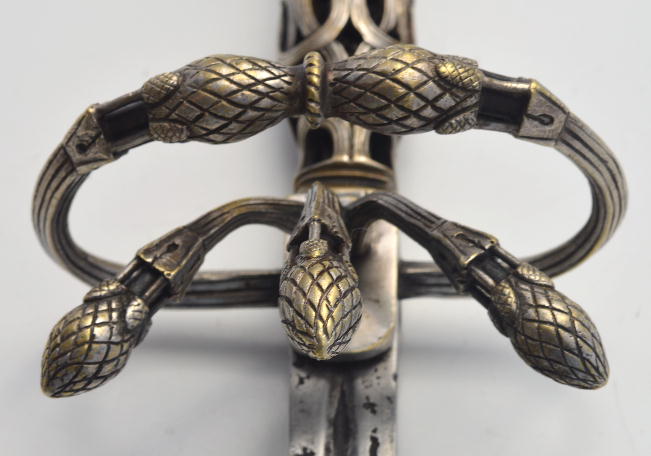


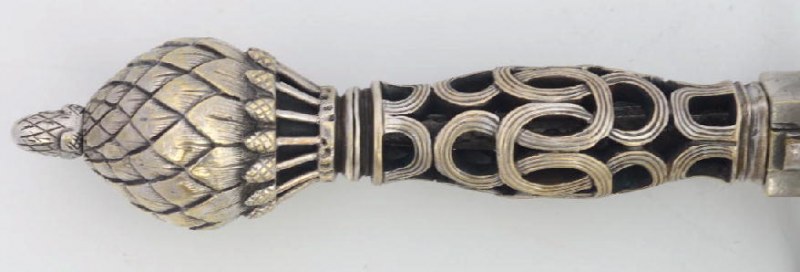
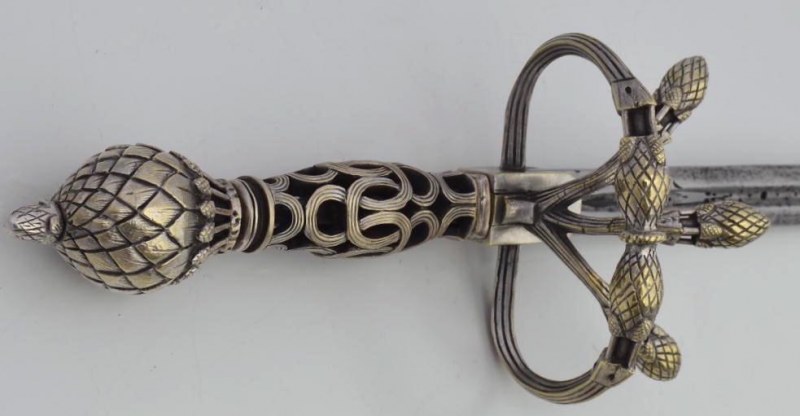
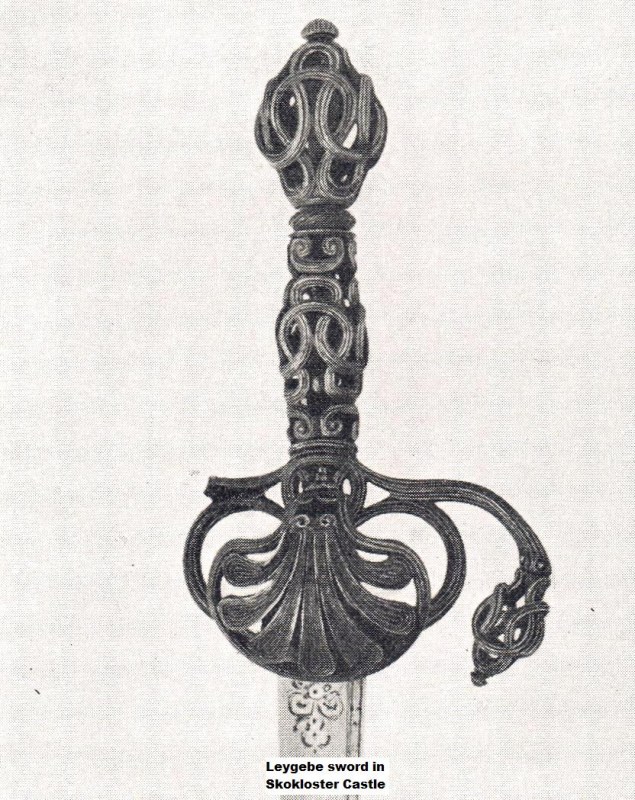
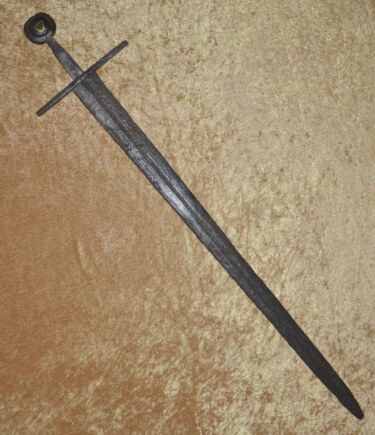 Type XI Knightly Sword, Probably Anglo-Saxon, 11th/12th C
Type XI Knightly Sword, Probably Anglo-Saxon, 11th/12th C 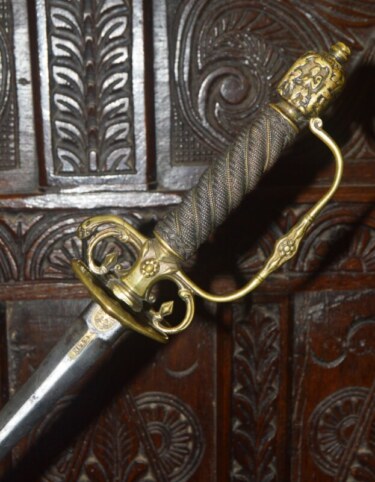 Fine German Transitional Rapier/Smallsword, Late 17th/early 18th C
Fine German Transitional Rapier/Smallsword, Late 17th/early 18th C 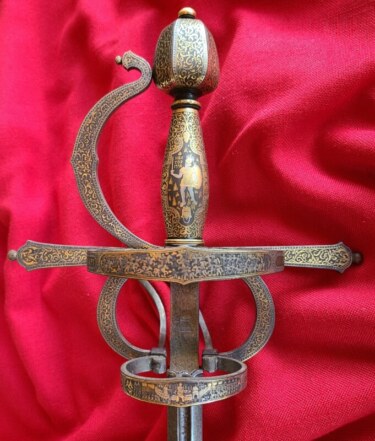 Gold and Silver Damascened Rapier in the Style of Diego DeCaias, Dated 1556
Gold and Silver Damascened Rapier in the Style of Diego DeCaias, Dated 1556 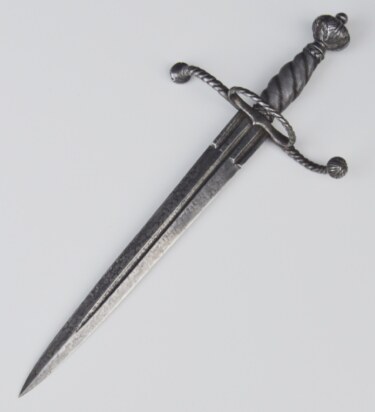 Fine Italian Left Hand Dagger, ca. 1600
Fine Italian Left Hand Dagger, ca. 1600